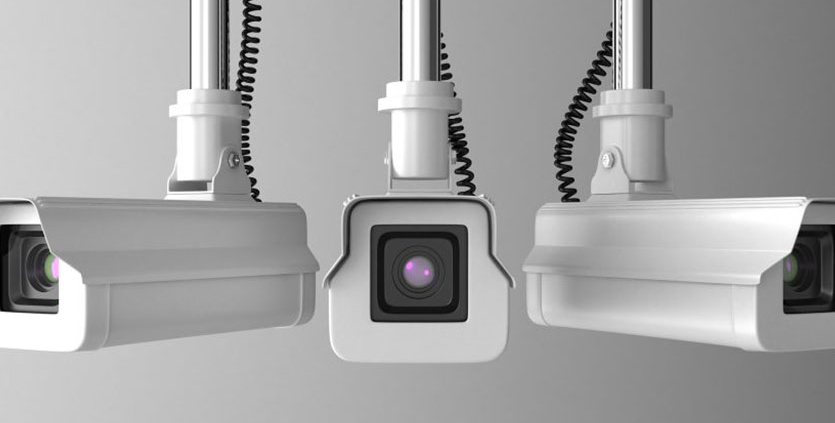4K Ultra HD is extending to the security field. For security companies, although they face challenges, they must not give up great opportunities.
On March 2, the Ministry of Industry and Information Technology released the “Ultra HD Video Industry Development Action Plan (2019-2022)” (hereinafter referred to as the “Action Plan”), pointing out that the domestic 4K industry ecosystem will be basically complete in 2020, and the R&D and industrialization of 8K key technology products A breakthrough has been made, and 4K TV terminals will be fully popularized in 2022, and 8K TV will account for 5%. 4K Ultra HD is extending to the security field. For security companies, although they face challenges, they must not give up great opportunities. Three-year plan for the ultra-high-definition video industry: 4K first and 8K The action plan refers to planning the direction and requirements for the domestic ultra-high-definition video industry, and vigorously promote the development of the ultra-high-definition video industry and applications in related fields in accordance with the overall technical route of “4K first and 8K”. The action plan also pointed out that by 2020, 4K cameras, monitors, switchers and other special equipment for acquisition, editing and broadcasting will form industrialization capabilities; in the fields of culture, education and entertainment, security monitoring, medical health, intelligent transportation, and industrial manufacturing, ultra-high-definition video-based Application demonstration. The security field is gradually extending to 4K Ultra HD 4K Ultra HD, the technology originally used in TV products, is gradually expanding into the security field. The Action Plan proposes that in the future, it is necessary to accelerate the development and mass production of ultra-high-definition surveillance cameras, promote the upgrading and transformation of security monitoring systems, and support the development of AI algorithms based on ultra-high-definition video for face recognition, behavior recognition, and target classification to increase the scope of surveillance , Recognition efficiency and accuracy rate, to create a batch of intelligent ultra-high-definition security monitoring application pilots. In addition, the Action Plan will promote the application of ultra-high-definition video technology in intelligent connected vehicles, strengthen the R&D and mass production of ultra-high-definition vehicle image sensors and vehicle screen products, and enhance vehicle perception and human-computer interaction experience. It is foreseeable that the next five years will be a period of strategic opportunities for the development of my country’s ultra-high-definition video industry. We must accurately grasp the major opportunities brought by the development of the ultra-high-definition video industry, strengthen top-level design, and accelerate industrial development and application popularization.
Toward 4k Ultra HD faces challenges The development of the ultra-high-definition video industry will drive the intelligent transformation of the industry with video as the core, promote the core links of the industry chain to move towards mid-to-high end, and accelerate the construction of ultra-high-definition video industry clusters. . In theory, the UHD industry has a bright future, and the security industry as an UHD application industry will also face another upgrade in industrial development. However, the reality is often cruel. The security industry is still facing many difficulties in moving towards 4k UHD. The most important one is the high cost of UHD applications. In addition to cost, in terms of standards and specifications, various companies in the industry chain have their own interpretation, definition, and development of technical standards and experience levels, resulting in inconsistent steps in the industry chain. The realization of the system’s 4K UHD also requires a unified standard and pace. 4K video conferencing is at the time Recently, with the listing of ZOOM cloud video conferencing company in the United States, the upsurge of the video conferencing market has further heated up.
Microsoft is developing a 4K webcam with Windows Hellow function, especially for Windows 10 PC and Xbox One devices. This will be their first standalone Windows Hellow camera. Microsoft is likely to extend these cameras from the entertainment field to applications for corporate meetings and events. In China, the government, courts, medical care, education and other industries are all major customers of cloud video conferencing. Their requirements for video conferencing systems will gradually shift from high-definition to ultra-high-definition. For our security companies, seizing this opportunity to develop ultra-high-definition video for cloud conferences and using technology upgrades to expand their business is one of the ways to enhance their competitiveness.


